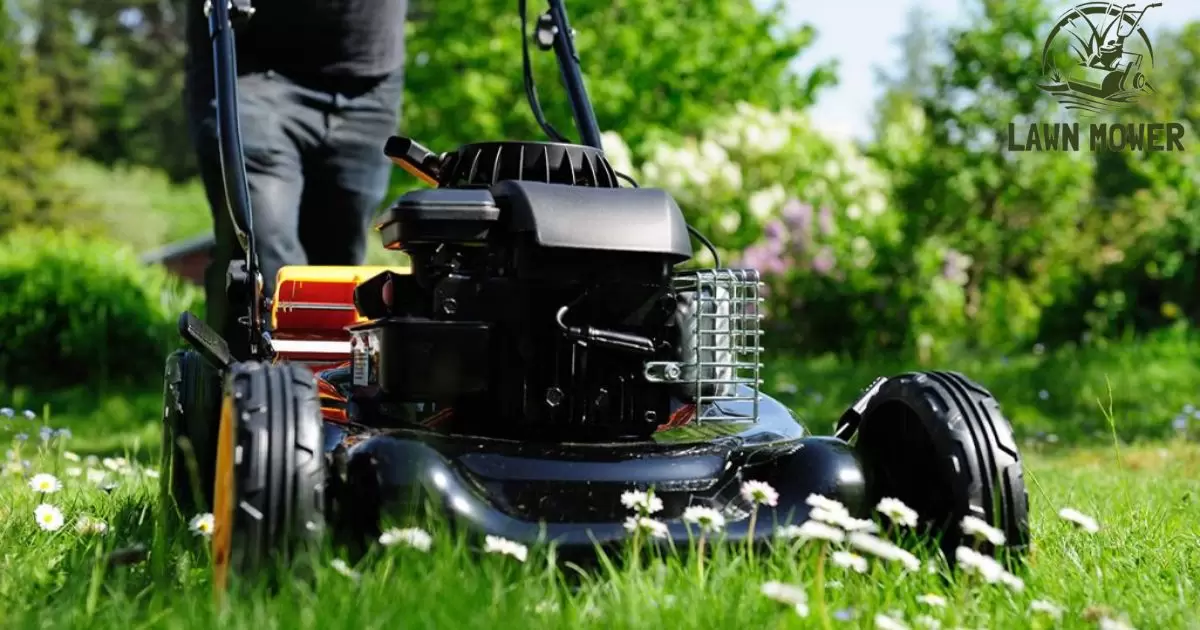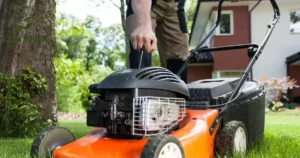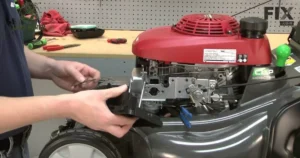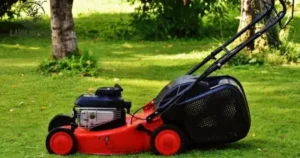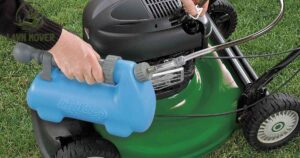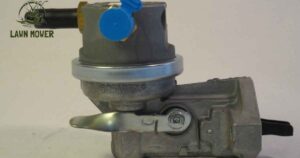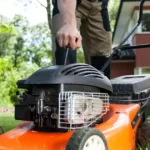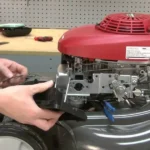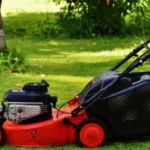When faced with a lawn mower that refuses to turn off, first, locate the engine’s ignition key or switch. If the key or switch doesn’t work, disconnect the spark plug wire to cut off the engine’s power supply, ensuring a safe and immediate shutdown. Consult the mower’s manual or seek professional assistance for further troubleshooting if the issue persists.
Stuck with a stubborn lawnmower that refuses to power down? Discover quick relief by ensuring the spark plug wire is disconnected – the heartbeat of your mower. If that fails, swiftly engage the emergency shut-off lever or switch, putting you back in control of the unruly grass-taming machine.
To stop a lawn mower that won’t turn off, first, locate the spark plug and disconnect it to cut off the engine’s ignition. Alternatively, try turning the ignition key to the “off” position or releasing the safety lever if equipped. If these methods don’t work, consult the mower’s manual for specific troubleshooting steps or seek professional assistance.
Why Won’t The Lawnmower Turn Off?
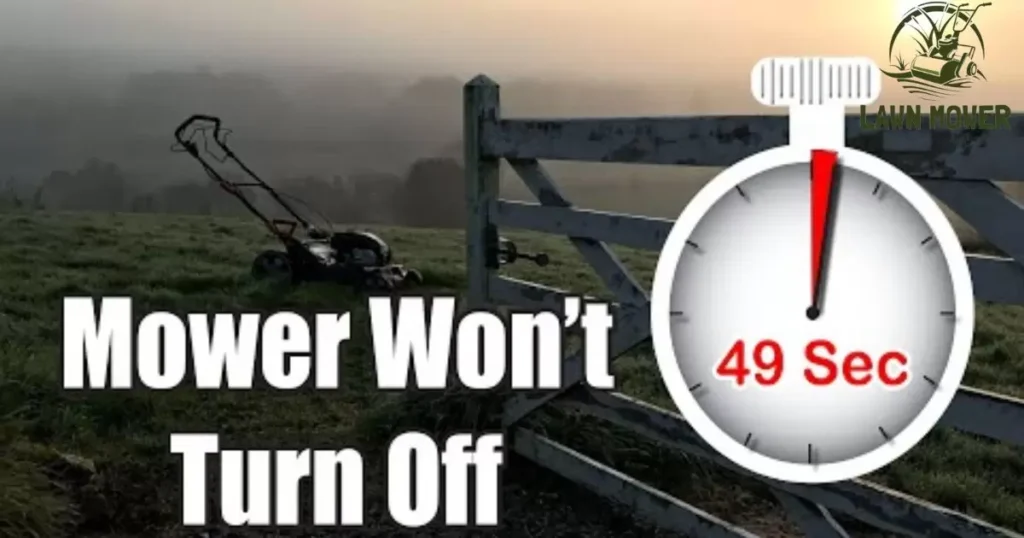
When a lawnmower refuses to shut down, a common culprit is a stuck or malfunctioning kill switch. The kill switch is designed to interrupt the ignition system and stop the engine when triggered. If it gets jammed or fails to function correctly, turning the lawnmower off becomes a challenge. Checking and potentially replacing the kill switch can often resolve this issue and restore the lawnmower’s ability to power down when needed.
Additionally, a clogged fuel line might be causing the lawnmower’s persistent operation. A blocked fuel line restricts the flow of fuel to the engine, preventing it from shutting down smoothly. Inspecting and clearing the fuel line can help resolve this problem, allowing the lawnmower to turn off promptly after use. Regular maintenance and a keen eye for these common issues can contribute to a hassle-free lawn mowing experience.
Malfunctioning Ignition Switch
A malfunctioning ignition switch on a lawn mower can be frustrating, hindering the starting process. Located near the handle, it initiates the engine, and issues may lead to difficulties starting or prevent starting altogether.
Common signs include a lack of response, intermittent starting problems, or unexpected engine shutdowns. Troubleshooting, checking connections, or consulting the manual can help identify and address the issue.
Repairing or replacing a faulty ignition switch is crucial for efficient mower operation. Ignition problems can disrupt starting, impacting lawn maintenance. Regular inspection and prompt resolution ensure a hassle-free lawn care experience.
Clogged Air Filter
A clogged air filter is a common issue that can affect the performance of a lawn mower. The air filter plays a crucial role in preventing dirt, debris, and other contaminants from entering the engine. Over time, as the mower operates in dusty or dirty environments, the air filter can become clogged with these particles, restricting the airflow to the engine.
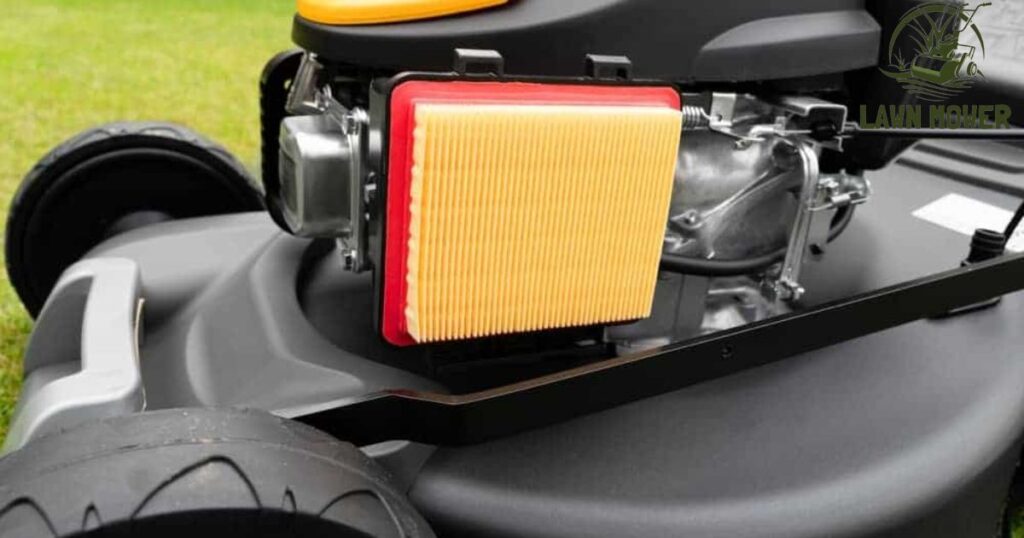
When the air filter is clogged, it hinders the proper combustion of fuel in the engine, leading to reduced power and efficiency. The mower may struggle to start, produce uneven power, or even stall during operation. Regular maintenance, such as cleaning or replacing the air filter as recommended by the manufacturer, is essential to ensure optimal engine performance and extend the life of the lawn mower.
An Issue With the Fuel System
A common issue with lawn mower fuel systems is a clogged fuel filter. Over time, dirt and debris can accumulate, hindering the smooth flow of gasoline to the engine. This can result in reduced efficiency and potential stalling. Regular maintenance, like cleaning or replacing the fuel filter, is crucial to keep the fuel system operating optimally.
Another common problem is a dirty or faulty carburetor, responsible for the proper mixture of air and fuel for combustion. If the carburetor is clogged or malfunctioning, it can disrupt this balance, leading to poor engine performance. Cleaning or replacing the carburetor as needed can restore power and efficiency to the mower. Regular checks and maintenance of the fuel system are essential for preventing these issues and ensuring a reliable lawn mower.
| Checkpoint | Action | Remarks |
| Fuel Level | Check fuel tank for an adequate fuel level. | Refill if necessary. |
| Fuel Quality | Ensure the fuel is clean and free of debris. | Use fresh and clean gasoline. |
| Fuel Cap | Check the fuel cap for tightness and seals. | Replace if damaged or not sealing properly. |
| Fuel Lines | Inspect fuel lines for leaks or damage. | Replace any damaged or leaking lines. |
| Fuel Filter | Check the fuel filter for clogs or dirt. | Replace if necessary. |
| Carburetor | Inspect the carburetor for signs of damage. | Clean or replace parts as needed. |
| Choke and Throttle | Verify the choke and throttle operation. | Ensure smooth and responsive movement. |
| Fuel Shut-off Valve | Test the fuel shut-off valve functionality. | Repair or replace if it’s not working. |
| Fuel Pump (if applicable) | Inspect the fuel pump for proper functioning | Address issues or replace if necessary. |
| Ventilation System | Check for proper ventilation in the tank. | Clear any blockages in the vent system. |
| Tightening | Ensure all fuel system components are secure | Tighten any loose connections or parts. |
| Overall Inspection | Perform a visual check of the entire system. | Look for any unusual signs or issues. |
How To Fix a Lawn Mower That Won’t Shut Off?
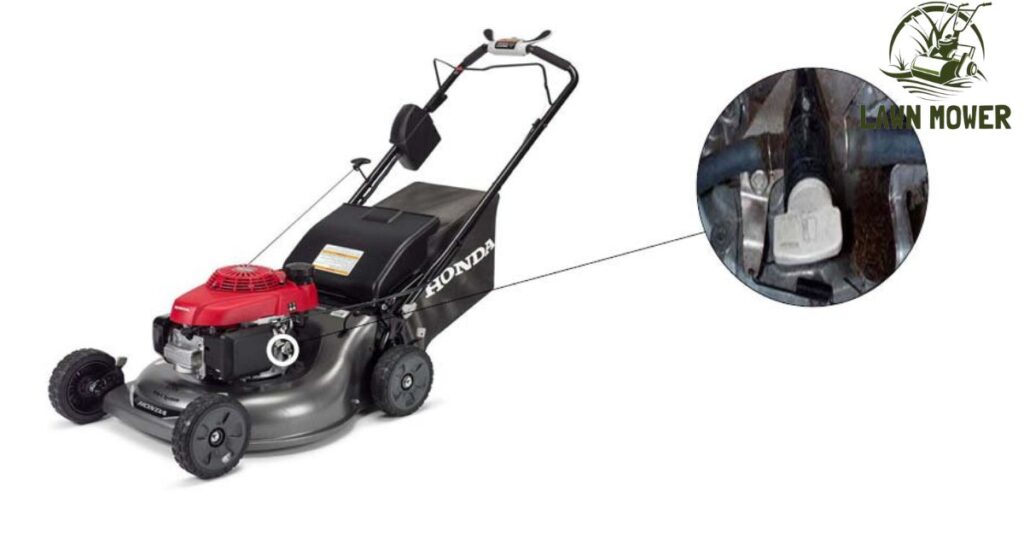
If your lawn mower refuses to shut off, a common culprit could be a malfunctioning ignition switch or a faulty kill switch. Start by checking the ignition switch, ensuring it is in the “off” position. If the switch seems fine, move on to inspecting the kill switch, typically located on the handlebar. Sometimes, the connection may be loose or the switch itself could be damaged. Tighten any loose connections and consider replacing the kill switch if necessary.
Another potential issue causing the lawn mower to stay running could be a problem with the carburetor. Check for any debris or clogs in the carburetor, as these can hinder its ability to shut off the engine. Clean the carburetor thoroughly and make sure all components are functioning properly. If the problem persists, consulting the manufacturer’s manual or seeking professional assistance may be necessary to diagnose and fix the issue.
Bail The Lever
The bail lever on a lawn mower serves as a user-friendly interface for starting and stopping the machine. Its straightforward design allows even those unfamiliar with lawn mowers to easily grasp its functionality. Pulling the lever initiates the engine and cutting blades, while releasing it brings the mower to a prompt halt. This simplicity ensures that mowing the lawn becomes an accessible task for users of all experience levels.
Beyond its basic start-and-stop function, the bail lever contributes to safety during operation. Its responsive nature allows users to swiftly disengage the blades, preventing any potential accidents or damage when navigating non-grass areas. This intuitive safety feature adds an extra layer of assurance, making lawn mowers equipped with a bail lever a reliable and user-conscious tool for maintaining a neat and tidy lawn.
Plug The Wire
Plug the wire serves as a quick but crucial reminder in the world of lawn mowers. This refers to securing the spark plug wire, a vital link in the ignition process. The spark plug wire plays a pivotal role in creating the spark needed to ignite the fuel and kickstart the engine. A securely plugged wire ensures a reliable ignition, contributing to a smoother startup every time the mower is put into action.
It’s a small action that makes a big difference in the overall performance of the lawn mower.
Taking a moment to inspect the spark plug wire before each use is a good practice in lawn mower maintenance. Any signs of damage or wear on the wire should be addressed promptly.
This simple task not only ensures optimal performance but also extends the lifespan of the mower. By routinely checking and securing the spark plug wire, users can maintain a well-functioning lawn mower, making their yard work more efficient and enjoyable.
Pull The Gas Tap
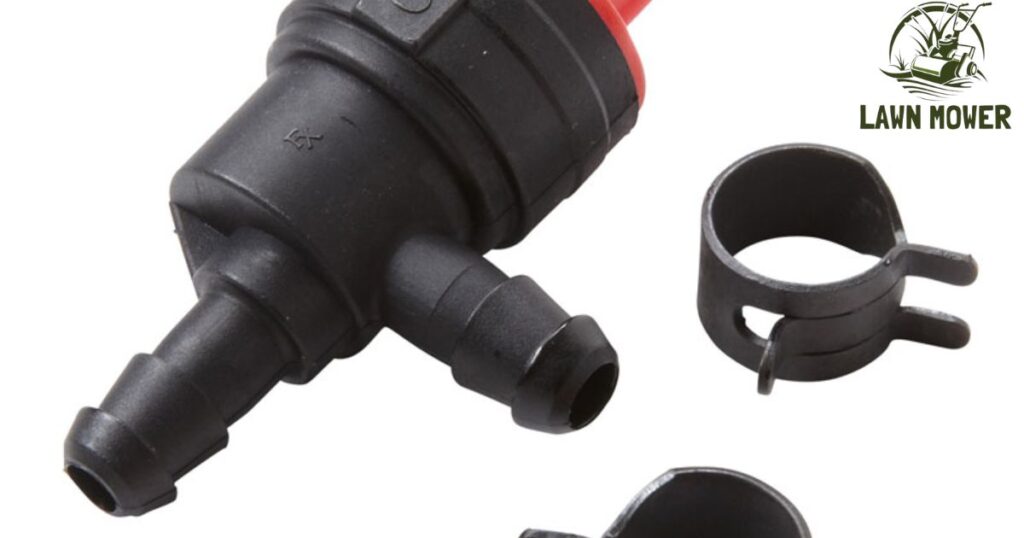
The gas tap on a lawn mower is a simple yet crucial component that controls the flow of fuel to the engine. Located near the fuel tank, it has two positions: “on” and “off.” When in the “on” position, it allows fuel to flow, enabling the engine to run. Turning it to the “off” position cuts off the fuel supply, shutting down the engine.
This straightforward mechanism provides users with an easy way to start and stop their lawn mower, contributing to the overall simplicity of operation. Regularly checking and using the gas tap correctly is essential for efficient mower functionality. Before starting the engine, ensure the gas tap is in the “on” position to allow fuel to reach the engine.
When done mowing, switch it to the “off” position to prevent unnecessary fuel consumption and reduce the risk of leaks during storage. The gas tap’s uncomplicated design enhances user control over the mower’s fuel supply, making it a fundamental part of the overall user experience and maintenance routine.
FAQs
What to do if your lawnmower won’t turn off?
If your lawnmower won’t turn off, immediately disconnect the spark plug wire to shut off the engine safely. Alternatively, locate and turn off the ignition switch if your lawnmower is equipped with one.
What do you do when your lawn mower keeps shutting off?
Check the fuel level to ensure an adequate supply, and clean or replace the air filter if it’s clogged, as these are common reasons for a lawn mower to shut off unexpectedly.
How do you fix a lawn mower that won’t stay running?
To fix a lawn mower that won’t stay running, clean or replace the air filter and check the spark plug for fouling or wear. Additionally, ensure the carburetor is free of debris and adjust the fuel mixture if necessary.
Related post: How to Make a Lawn Mower Go 30 Mph?
Conclusion
In conclusion, addressing a stubborn lawnmower that refuses to turn off requires a systematic approach to ensure safety and prevent potential damage. Firstly, attempting to turn off the ignition switch and removing the spark plug wire are initial steps that can be taken. If these measures prove ineffective, resorting to shutting off the fuel supply by either closing the fuel valve or disconnecting the fuel line can be an alternative solution.
In any case, caution and adherence to safety guidelines are paramount during troubleshooting to avoid accidents and ensure a successful resolution.Ultimately, troubleshooting a lawnmower that won’t turn off necessitates a combination of simple actions and a methodical approach.
Regular maintenance, such as cleaning the carburetor and checking the ignition system, can help prevent such issues from arising. By following these steps and maintaining the mower regularly, users can ensure reliable performance and mitigate the chances of encountering difficulties in shutting down their equipment.

With a wealth of expertise spanning six years, I am a seasoned professional in the realm of lawn mowers. My mastery includes intricate knowledge of models, maintenance, and optimal performance.
